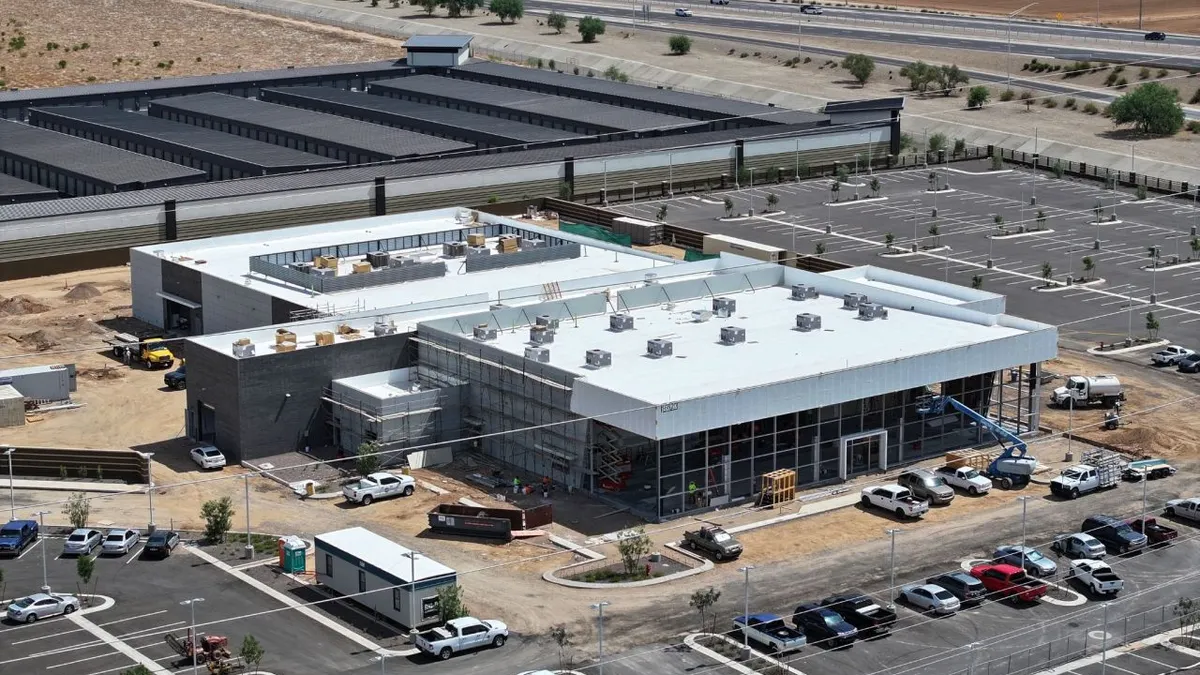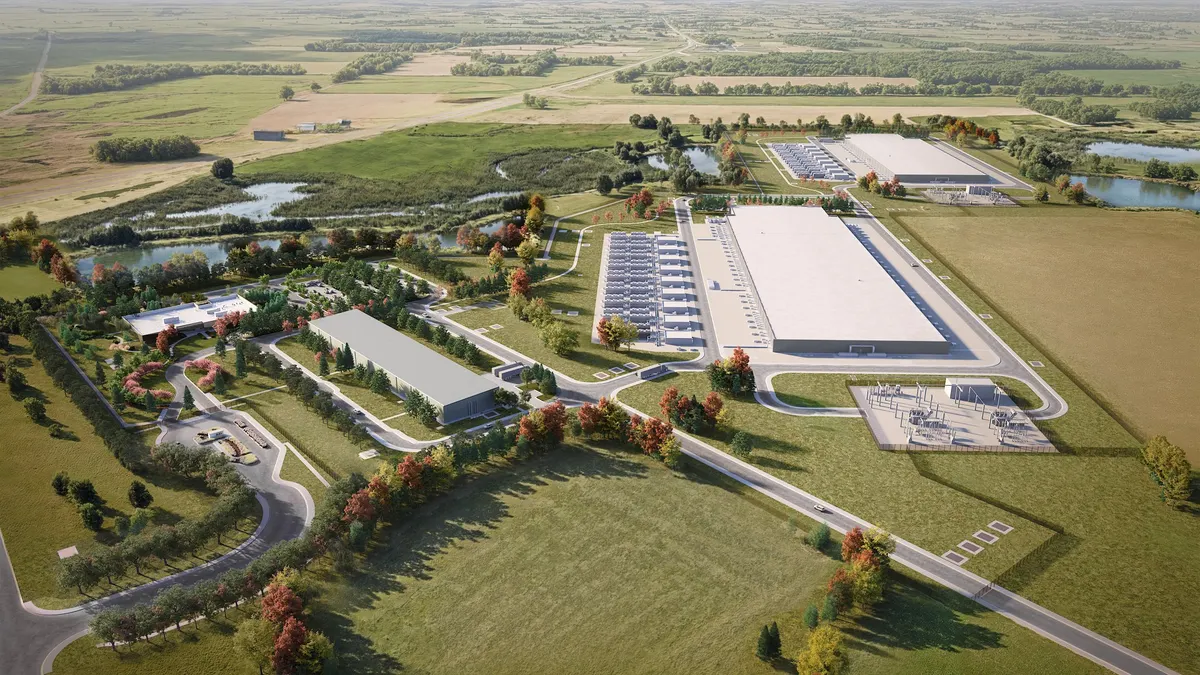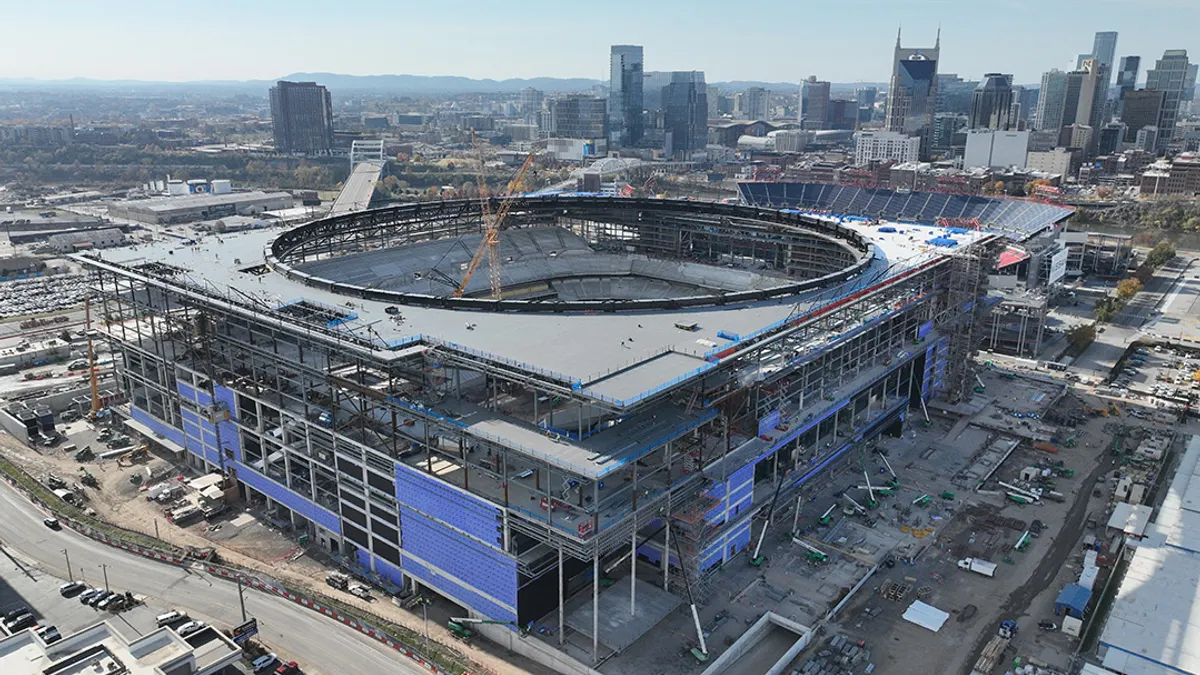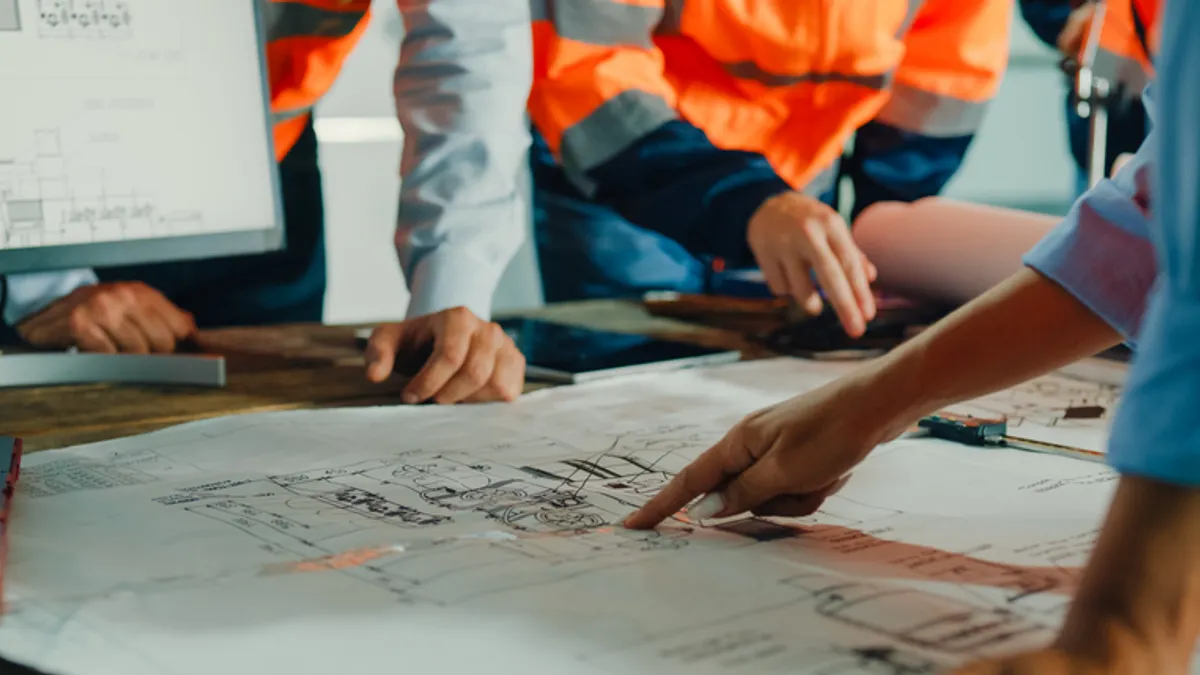Andy Cushman is director of business development and proposals at Philadelphia-based engineering and construction services firm Urban Engineers. Opinions are the author’s own.
The construction industry continues to face myriad uncertainties, including tariffs, fluctuations in material costs, supply chain delays, and increased competition for a limited pool of funds.
Given that climate, constructability reviews and value engineering become critical to finding safer, more efficient and cost-effective alternatives that help owners manage both budgets and risks without compromising the final product.
These reviews identify potential omissions and inconsistencies in a set of plans and can offer alternative, more efficient ways to build. This reduces the likelihood of change orders, cost overruns and project delays.
But beyond just pinpointing technical gaps, these reviews also address schedule layout, phasing operations and proper selection of construction techniques — all of which directly impact how smoothly a project gets executed once construction begins.
A better bidding process
Owners can gain the greatest benefits in cost and schedule when constructability reviews are incorporated into the bid process. Conducting the constructability review as early as possible in preconstruction recognizes the inherent gaps that can exist between plans and their execution on the construction site.

When the most effective construction approach is vetted early and clearly communicated to prospective bidders, it creates a level playing field and drives down costs. Contractors are bidding against a consistent, well-defined scope, rather than interpreting ambiguities or making assumptions that could later lead to disputes. This is why owners often see wide variations between bid estimates.
When the design is not crystal clear, contractors will interpret certain elements differently. Some will price risk conservatively, adding a cushion to the bid to protect themselves. Others may submit a lower bid, only to end up renegotiating through change orders.
Reviewing plans from a contractor’s perspective helps refine the specifications and ensures the design intent is accurately captured in the bid documents. This process allows owners to receive more competitive and consistent bids that better reflect the true cost of the work.
Multiple perspectives
A significant advantage in this process is having a team with actual contractor experience involved in the preconstruction phase. Former contractors and former owners offer a dual perspective that allows them to understand both what the client needs and how contractors will view the plans when preparing bids.
This experience also plays a major role in mitigating risks through value engineering by accounting for critical elements, including staging areas, construction sequencing, laydown space, long-term maintainability and operations.
The knowledge gained from being directly involved in construction gives these reviewers an ability to recognize practical risks that may not always be apparent in design drawings but can have major consequences if not addressed ahead of time. In many ways, it is like hiring a contractor during the pre-bid phase, but without the contractual complications that typically follow once construction starts.
Communication is key
With so many stakeholders involved in any given project, effective communication is key. It allows for the coordination and consolidation of all technical information into a unified, consistent set of plans that speaks clearly to contractors as one binding document. Without that clarity, missed scope items lead to contract add-ons, and poorly scoped work results in change order discrepancies.
Bringing together the perspectives of ex-contractors, ex-owners and technical engineers allows each project to be dissected and reviewed from every angle. The result is a stronger, more coherent set of bid documents that aligns expectations upfront and produces more stable projects overall.
A process that fits all sizes
One of the most valuable aspects of constructability reviews and value engineering is scalability. The process is not limited to large-scale transportation projects or billion-dollar capital programs. These services are equally effective in smaller efforts, from nonprofit projects to mid-size municipal work. Regardless of project size, the principles remain constant. Eliminate uncertainty, minimize risk and ensure a more predictable construction phase before any work begins in the field.
Having real-world experience managing, building, and troubleshooting construction projects offers insight into what separates buildable plans from those prone to costly surprises. Applying that knowledge early gives owners a critical advantage, allowing them to strengthen their projects before the first bid ever comes in, protecting both their budgets and their timelines.




















